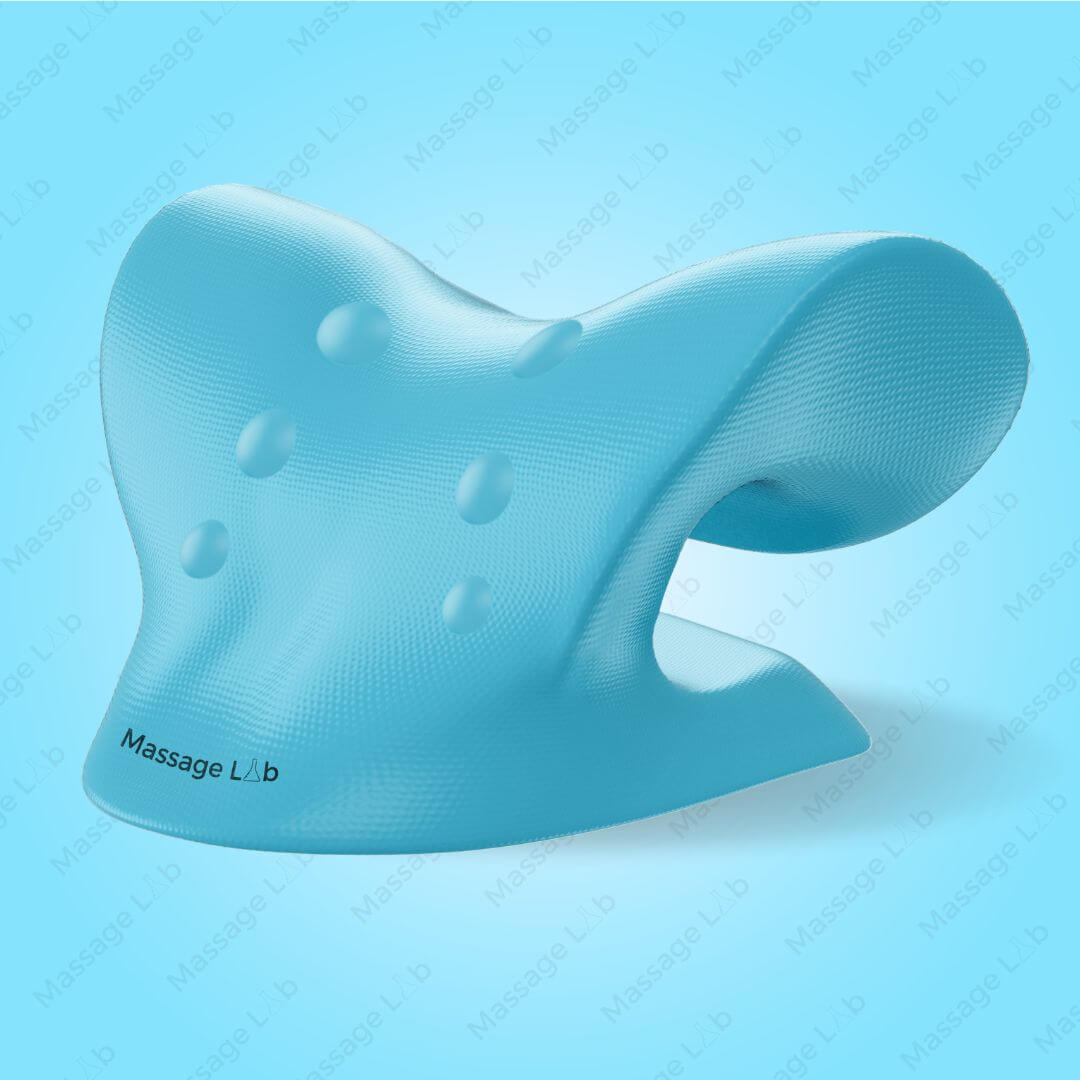Neck Discomfort in the Workplace: Identifying Risk Elements and Applying Ergonomic Solutions
Neck discomfort in the work environment is a common problem that can impact staff member well-being and efficiency. By comprehending the various danger factors contributing to neck pain and executing ergonomic options, organizations can produce an extra favorable work setting.
Common Reasons For Neck Discomfort
Neck pain in the workplace is a prevalent concern that can be connected to a number of common reasons. Furthermore, repeated motions such as constant bending, turning, or getting to can likewise contribute to neck discomfort over time.

Ergonomic Risk Elements
Poor comfort designs in the office can significantly add to neck pain amongst employees. Elements such as incorrect workdesk elevation, poor chair assistance, and uncomfortable positioning of computer screens can all play a role in the advancement of neck pain. When staff members are required to sit for prolonged durations in settings that strain their neck muscle mass, it can lead to rigidity, discomfort, and also extra significant musculoskeletal issues over time.
Additionally, inadequate ergonomic methods can cause workers embracing unpleasant positions while working, such as craning their necks to see a computer system display or reaching annoyingly for a mouse or keyboard. neck cloud. These abnormal placements and recurring movements can place undue stress on the neck and surrounding muscular tissues, leading to discomfort and decreased productivity

Workdesk Setup Recommendations
When establishing a desk in the workplace, it is vital to take notice of the functional designs of the environment. To minimize the risk of neck discomfort and pain, there are a number of desk arrangement recommendations that staff members need to take into consideration. Firstly, make sure that the computer display is positioned at eye level to stop stressing the neck by seeking out or down. The key-board and mouse need to be positioned at a height where the elbow joints are curved at a 90-degree angle to promote proper wrist alignment. Additionally, the chair height should enable the feet to relax flat on the flooring with thighs parallel to the ground.
It is also vital to have ample lights to minimize eye stress, as squinting or leaning onward can bring about neck stress. Organize the workdesk format to keep often used things within arm's reach, limiting the demand for recurring twisting or getting to movements. By implementing these workdesk setup referrals, workers can develop an extra ergonomic office that sustains neck wellness and minimizes the threat of developing occupational neck discomfort.
Extending and Exercise Tips
To maintain adaptability and lower muscle mass tension in the work environment, integrating stretching and exercise regimens can be helpful for general well-being and performance. Simple desk-friendly stretches can help ease neck pain and avoid rigidity. Neck rolls, shoulder shrugs, and gentle side-to-side neck stretches are reliable in alleviating stress. Additionally, including workouts like chin tucks, shoulder blade presses, and top back stretches can help enhance muscles that support good posture.
It is vital to take time-outs throughout the click to read more workday to execute these workouts. Setting tips or utilizing apps that trigger movement can assist develop a regular stretching routine. It is very important to pay attention to your body and avoid overstretching, particularly if you are brand-new to these exercises. Uniformity is vital, so goal to integrate extending and workout into your everyday job regimen. By prioritizing these tasks, you can enhance your physical health, decrease the risk of neck discomfort, and boost your total efficiency in the work environment.
Relevance of Normal Breaks
In a busy job atmosphere where needs can contribute to physical stress like neck pain, establishing a regimen that stresses the importance of routine breaks is vital. By incorporating short breaks into the work regular, staff members can decrease the threat of developing neck pain and boost total convenience and efficiency.
Regular breaks allow workers to relax their muscular tissues, stretch, and alter settings, protecting against stiffness and promoting far better flow. Urging staff members to take quick breaks every 30-60 mins can help reduce the build-up of stress in the neck and shoulders. These breaks can likewise act as an opportunity for employees to exercise relaxation methods or mild neck stretches, further advertising musculoskeletal health and wellness. Carrying out a culture that values and focuses on regular breaks can have a substantial effect on decreasing neck discomfort and boosting overall well-being in the workplace.
Conclusion
To conclude, attending to ergonomic danger factors and applying appropriate workstation setups are essential check that in reducing neck discomfort in the office. By promoting good posture, providing ample support, and encouraging routine breaks and stretches, organizations can produce a healthier and more effective workplace for staff members. Focusing on employee wellness with ergonomic remedies is key to stop pain and boosting overall office complete satisfaction.
Neck discomfort in the workplace is a widespread issue that can influence employee wellness and productivity. By recognizing and resolving these common reasons of neck pain in the work environment, companies can take proactive actions to produce a much more comfortable and ergonomic work environment for their staff members.
Poor functional designs in the work environment can considerably contribute to neck discomfort amongst staff members. By applying these workdesk setup referrals, staff members can create a much more ergonomic work area that supports neck health and wellness and minimizes the threat of developing work-related neck discomfort.
Neck rolls, shoulder shrugs, and mild side-to-side neck this page stretches are effective in soothing tension.
Comments on “How the Neck Cloud Can Aid With Chronic Neck Discomfort and Tightness”